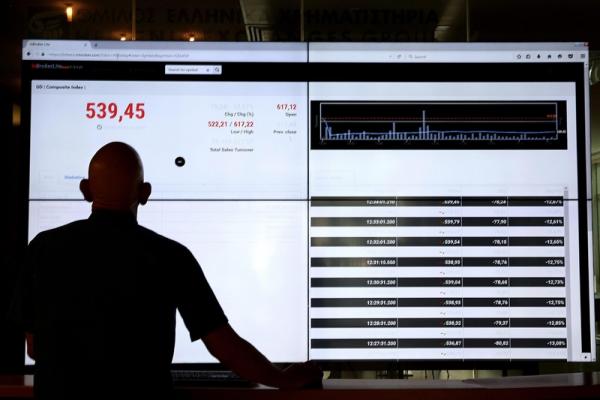This post was originally published on this site
https://i-invdn-com.akamaized.net/news/fa8a2f803ea2ddf92359d55091dcde0a_M.jpg © Reuters. Big FX platforms see e-trading volumes drop over past three years: BIS
© Reuters. Big FX platforms see e-trading volumes drop over past three years: BISBy Saikat Chatterjee
LONDON (Reuters) – Turnover on some of the world’s biggest currency-trading venues has dropped as falling market volatility prompts some global banks to route more volumes onto their internal platforms, the Bank for International Settlements said in a quarterly report.
Electronic trading between banks on the world’s biggest platforms — owned by Refinitiv, partly owned by Thomson Reuters (TO:) and EBS, part of the CME Group, (O:) among others — has fallen by 7% to $368 billion per day in 2019 from a similar survey three years ago.
This decline in trading has been driven by the growing trend of “internationalization”, where dealers temporarily warehouse risk arising from client trades on their books until it is offset against opposing client flow, reducing the need to use the broader market platforms.
The BIS, known as the central bankers’ bank, noted these electronic inter-dealer brokerage systems, which are central to FX trading, now constitute only for a small portion of the turnover in the market even though they remain essential in price discovery.
BIS data showed banks reporting in the United Kingdom and the United States registered some of the largest declines in electronic trading on anonymous inter-dealer venues and also posted some of the highest internalization ratios for cash trading.
London and New York hold the first and second spots in market share in global FX trading.
This trend has also been helped by a drop in currency market volatility to record lows. For example, trading ranges in the euro/dollar () last week, the world’s most actively traded currency pair, was the narrowest in two decades.
The ability of the top banks to internalize client flows has also been helped by their ability to attract trading flows from customers via direct price streams and a pickup in automated trading. For example, Algorithmic trading on EBS, a major platform, has topped 75% in 2019 compared with nearly zero in 2004.
This trend of banks keeping a greater share of their trading flow on their internal systems has fueled concentration of market share among a few very large banks, the BIS said.
“The falling share of inter-dealer trading has gone hand-in-hand with a handful of banks coming to dominate FX volumes,” the BIS said.
(Graphic: BIS chart – https://fingfx.thomsonreuters.com/gfx/mkt/12/9641/9553/BIS%20chart.png)
Fusion Media or anyone involved with Fusion Media will not accept any liability for loss or damage as a result of reliance on the information including data, quotes, charts and buy/sell signals contained within this website. Please be fully informed regarding the risks and costs associated with trading the financial markets, it is one of the riskiest investment forms possible.

